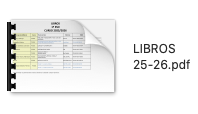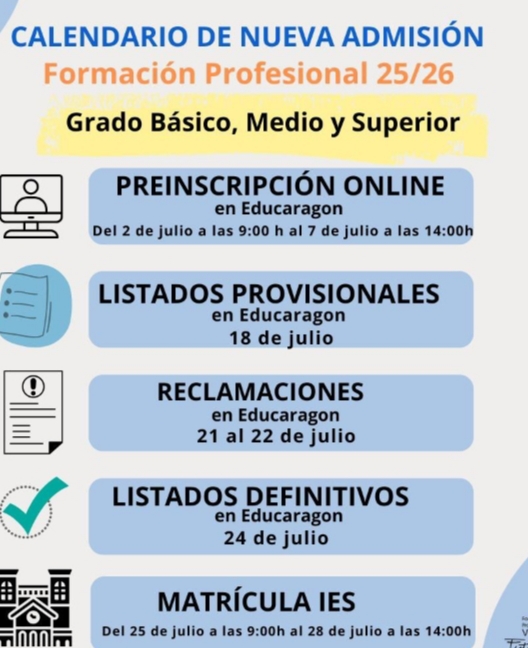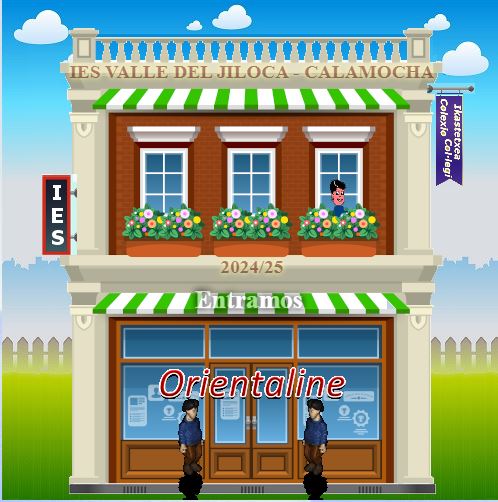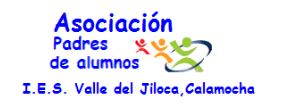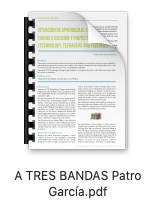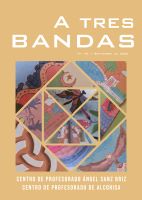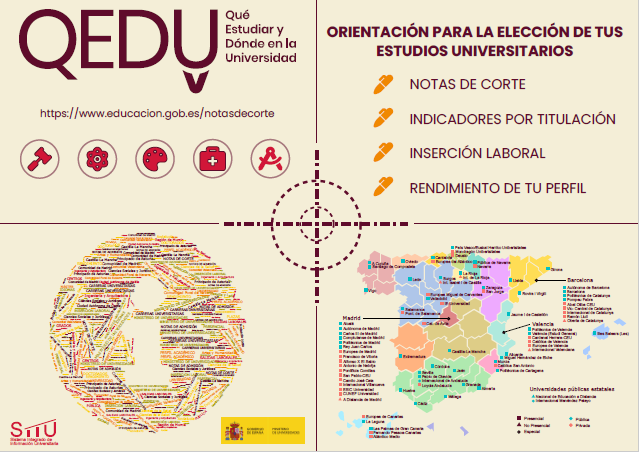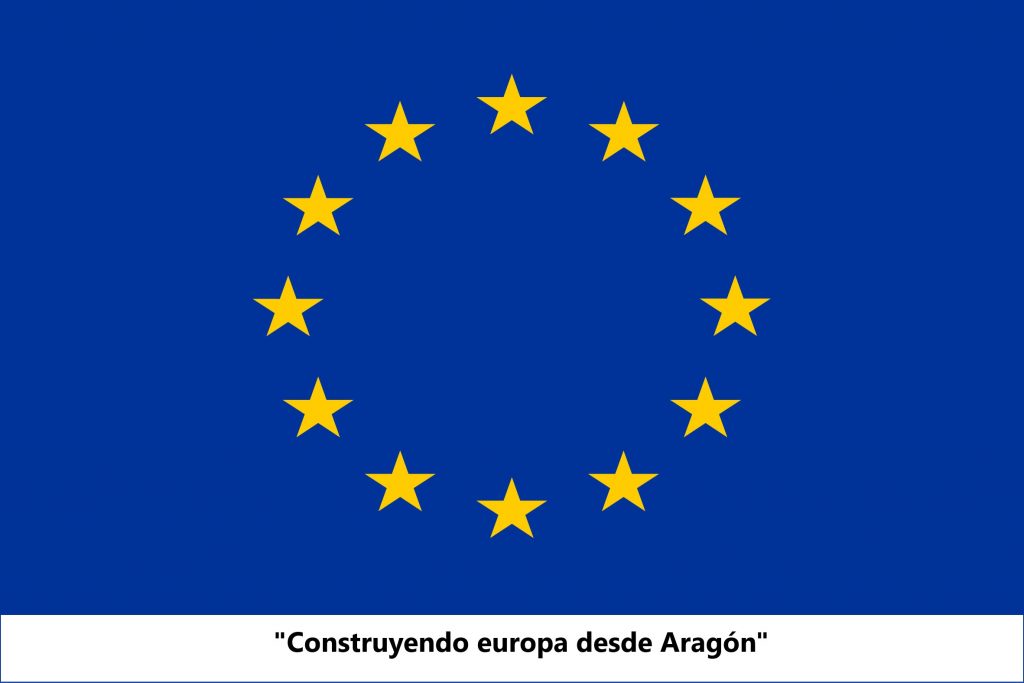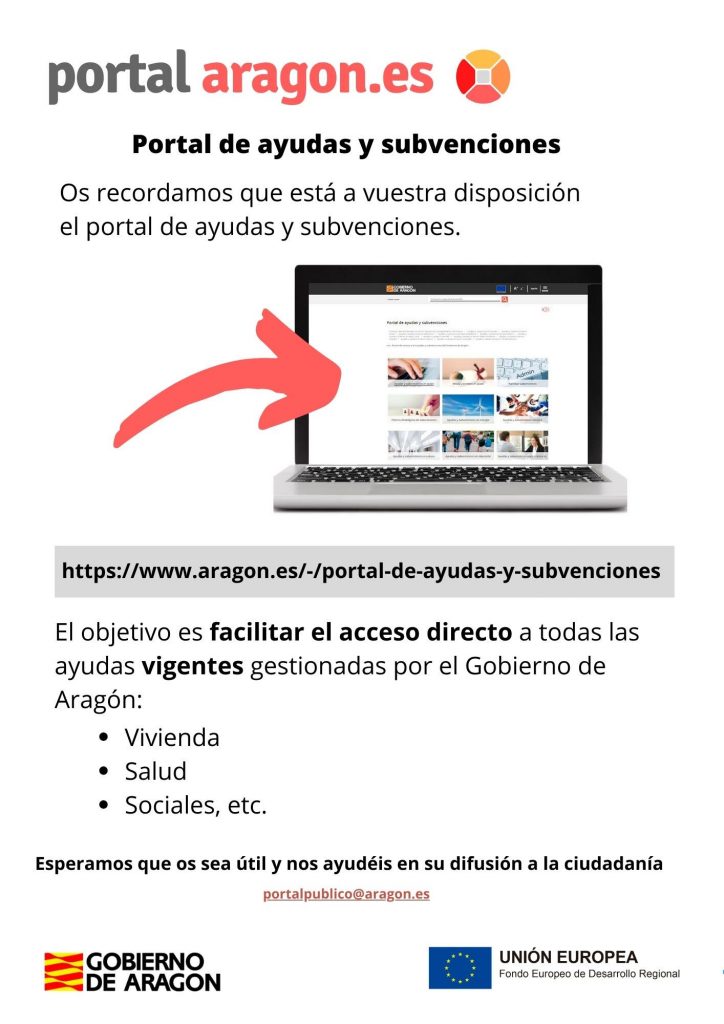A DIFFERENT ENGLISH LESSON
Here you are three viewpoints given by three students of 3rd of ESO about “A different lesson” by Haley -an English school teacher-, who works for Burlington Editorial.
A DIFFERENT ENGLISH LESSON
Last Tuesday, the students of 3rd year of E.S.O were given a talk about the United Kingdom.
A British girl from Southampton called Haley told us interesting things of this country.
First of all, we spoke about the Union Jack which is the flag of the United Kingdom. She also told us that the United Kingdom is formed by four countries: Wales, Northern Ireland, England and Scotland. We learnt the symbols of these countries too. The shamrock is the symbol of Northern Ireland, the thistle is the symbol of Scotland, the leek is the symbol of Wales and the rose is the symbol of England.
We also talked about some typical items of U.K, for example, tea, the double-decker bus, the underground and the London Eye. Then, Haley showed us some pictures of the Royal Family members.
Finally, she chose a student to play “Who wants to be millionaire?” with the rest of the students’ help.
From my point of view the lesson was funny and very beneficial for the students.
MARTÍN LEÓN 3º ESO B
A DIFFERENT LESSON
Last Tuesday, a girl called Haley came to our high-school. She spoke to us about her country.
She was born in a city called Southampton, in the South of England and she showed us some curiosities of the United Kingdom.
She spoke about the flag of the United Kingdom, whose name is the Union Jack. This flag is a mixture of the flags of England, Scotland and Northern Ireland. These three countries together with Wales form the U.K., the flag of Wales isn’t represented in the Union Jack.
She also spoke about the symbols of the different countries, the different languages people speak, the second longest city name in the world which is in Wales and which is very difficult to pronounce
Then, she told us about the most typical things in England; for example, tea, the double-decker buses or the London Eye.
She also helped us to know the Royal Family of England.
We had a great time and we learned a lot of things.
ALICIA BENHAMOU PRAT 3º ESO B
A DIFFERENT LESSON
On Tuesday 29th January, we were given a talk about the United Kingdom. It was done by Haley, a young and funny woman from Southampton (England).
She told us a lot of interesting things. For example, so far, most of the students who were in the talk, including me, thought that the tower of the photo is called Big Ben, but that’s not true. Its real name is “The Houses of the Parliament”.
Haley also told us that the second longest city name in the world is a weird name of a city in Wales which consists of 51 letters. Then, she mentioned the national symbols of the U.K. nations. (The rose is the symbol of England, the leek is the symbol of Wales, the shamrock is the symbol of Northern Ireland and the thistle is the symbol of Scotland.
We talked about the Royal family and its members too.
The students who participated during the talk won a “limited edition” pen. Finally, she chose randomly a person to play a very famous game I am pretty sure you have ever heard about: Who wants to be a millionaire?
I liked the talk so much!! I think it was very interesting and interactive. Haley was nice, funny and expressive. Moreover, she spoke slowly for us to understand. I would like to attend to a similar talk again.
ROCÍO BELLO 3º ESO A
POEMAS DE AMOR POR SAN VALENTÍN
Poemas grabados por alumnado de Tecnologías de la información
Charla formativa APRENDER A INVESTIGAR
El pasado viernes día 18 de enero a las 16h, el profesor de Historia de la Ciencia y Documentación de la Universidad Cardenal Herrera (Valencia), D. José Mª de Jaime Lorén, impartió en nuestro instituto la charla titulada Aprender a investigar. A ella asistió alumnado de 3º y 4º de ESO y de 1º y 2º de Bachillerato.
Aquí publicamos un resumen de la misma realizado por la alumna Miriam Meléndez (4º de ESO) y unas fotografías.
“APRENDER A INVESTIGAR” (José María de Jaime, 18/1/2013)
Investigar es realizar un trabajo fundamentalmente intelectual, por lo que implica una sólida formación.
La investigación se puede aplicar a todas las áreas, con el objetivo de conseguir realizar nuevos descubrimientos. Para realizar un buen trabajo de investigación es importante tener vocación de investigar y pensar en las palabras que utilizamos.
¿Cómo nos iniciamos en la investigación?
Para iniciarnos en la investigación es importante contar con un buen director (alguien que nos oriente y ayude). También es importante elegir un buen tema, para ello hay que tener en cuenta varias consideraciones: un tema que nos guste, el profesor que más puede ayudarnos, la facilidad para su desarrollo (existencia de bibliotecas, archivos…), etc.
En el desarrollo de la investigación es muy importante la flexibilidad, por ejemplo, los temas que inicialmente son colaterales pueden convertirse en temas principales.
¿Es suficiente la investigación para poder vivir únicamente de ella?
Antiguamente, solo las personas adineradas podían dedicarse a la investigación. Actualmente, España esta muy por debajo de la media europea, en lo que se refiere al capital invertido en investigación, sin embargo algunas corporaciones, si que se dedican únicamente a esta actividad, como por ejemplo el CSIC.
Como es muy difícil vivir únicamente de esta actividad es necesario saber combinar el trabajo profesional con la investigación, a esto es a lo que se le llama ser un investigador vocacional.
Para poder ser un investigador vocacional es necesario:
– Vocación de investigar.
– Una sólida formación.
– La búsqueda de un trabajo adecuado.
¿Cómo hacer un buen trabajo científico?
Para realizar un buen trabajo científico es necesario elegir un buen tema y un buen director que nos ayude. También conviene disponer de buenas fuentes de información.
• Partes de un trabajo científico:
Portada:
1º Título: Breve, claro y “con gancho” para hacer atractiva la lectura.
2º Nombres de los autores, fecha y centro donde lo realizamos.
( En la portada también se puede incluir una ilustración)
3º Un extracto del trabajo: 5 ó 6 líneas que condensen lo que contiene el trabajo, en él hay que “llamar la atención” y poner las palabras clave del proyecto.
4º Introducción: No debe ser muy extensa, en ella hay que explicar brevemente el contenido del trabajo.
5º Hipótesis y objetivos: Tienen que ser poco extensos y es recomendable poner los objetivos numerados.
6º Materiales que hemos utilizado para realizar la investigación.
7º Resultados: Para representarlos se pueden utilizar gráficas, tablas y también nuestra propia explicación, aunque no se deben utilizar estos tres recursos simultáneamente.
8º Discusión: Es la parte clave del trabajo. Consiste en hacer ver que lo que nosotros pretendíamos con los objetivos e hipótesis se refleja en los resultados. Es decir, que los resultados son significativos a la discusión.
9º Conclusiones: Las conclusiones se deben corresponder con los objetivos, por ejemplo, si he planteado 5 objetivos, desarrollo 5 conclusiones.
10º Bibliografía: Todos los materiales bibliográficos, páginas web etc. que he consultado.
Para dar a conocer nuestros trabajos es importante ir a congresos, además en estos lugares se conoce a muchos contactos de investigación.



ACTIVIDADES DEL IES EN LAS NOTICIAS DE ARAGÓN TV
El pasado mes de noviembre, las Noticias de Aragón TV se hicieron eco del estudio fenológico que viene desarrollando el Departamento de Biología y Geología con alumnos de 1º y 2º de ESO.
Aquí os dejamos el vídeo:
ROB´S (“TREE HUNTER”) LECTURE (26th October 2012)
Robert McBride, an English man from Shropshire, a county Northwest England, near Wales, came to Spain to participate in the “4th Festival of Black Poplar”, hold in Ejulve (20th-21st October)
During the last week, he´s visited some villages around this area, such as Barrachina, Torre los Negros, Olalla, Caminreal, and so on. He was impressed by the views.
Last Friday (26th October), he came to our English lessons (2nd Bachillerato) to talk about his job and his travels. He´s worked as a volunteer to record ancient trees for the “tree hunt project” called Woodland Trust´s Ancient Tree Hunt.
He showed us everything he needs to be a “tree hunter”, for example, a tape-measure, a camera, a GPS, a mobile phone, a projector, a leaf identification swatch book, and so on.
We saw several tree pictures on the screen: an ancient oak which is 13 metres girth and 1,300 years old, a tree that seems like an elephant, another tree that is decorated with flags every year for a festival etc.
His idea is that to live will be the other way round in the near future, and people will have to relearn how to live with nature.
Rob also discussed his Sita Trust funded, Shropshire’s Ancient Trees project. Whereby money is provided by Sita Trust to community environmental projects. This is a very important source of funding for environmental projects in these days of austerity…
We had a very good time, and gained knowledges about volunteer work as a “tree hunter”.
Thank you very much for your visit, Rob.
Students of 2º Bachillerato
“THE TREE HUNTER” LECTURE on PhotoPeach
XXV CERTAMEN DE JÓVENES INVESTIGADORES Mollina (Málaga)
La semana del 1 al 5 de octubre se celebró el Mollina (Málaga), el XXV Certamen de Jóvenes Investigadores, convocado por el Instituto de la Juventud (INJUVE), perteneciente al Ministerio de Sanidad, Servicios Cociales e Igualdad. Allí se reunieron los autores de 40 trabajos de alumnado de Secundaria, seleccionados entre 260 presentados, y procedentes de diferentes comunidades autónomas. El trabajo “Estudiando el ciervo volante en una ribera de la provincia de Teruel“, presentado por los alumnos nuestro IES Jorge Agustín, Chabier de Jaime, Jorge Falcón y Laura Malo, fue galardonado con elTercer Premio del área de Ciencias de la Vida y de la TIerra.
¡Nuestra más sincera enhorabuena!
XXV CERTAMEN DE JÓVENES INVESTIGADORES Mollina (Málaga) on PhotoPeach

